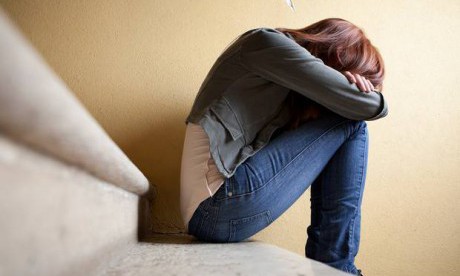On January 17, 2015, PBS aired a chilling documentary about the physician-assisted suicide of a healthy, thirty-four-year-old Belgian woman suffering from depression.
The film opens with shots of Eva, in sweat pants and a T-shirt, petting her affectionate Labrador as she greets the youthful Dr. Van Hoey at her home. “Let’s get on with this,” Eva says as she sits on her patio. “I am looking forward to the rest.”
Eva gives a good-bye hug to her brother and sister-in-law, who do not want to be present for her death. She lies down on her living room couch and rolls up her sleeve to receive her injections.
Dr. Van Hoey’s first injection puts Eva into a deep sleep. The second kills her.
“The bond between a patient and doctor gets so strong by the time euthanasia takes place that it is hard,” Van Hoey said, “It is so personal and intimate and beautiful.”
But Van Hoey also said that he has administered more than one hundred lethal doses over the past twelve years, and he can talk about them matter-of-factly, “I am quite used to [it],” he said, “It is part of my job.”
In order to qualify for euthanasia in Belgium, a person must suffer from acute and “incurable” physical or mental pain. Polls in Belgium show broad support for euthanasia, and the number of cases has grown steadily every year since it was legalized in 2003.
In 2003, there were 235 cases of euthanasia. In 2013, there were 1,816. One out of every twenty deaths in Belgium is now deliberately caused. In 2014, Belgium became the first country in the world to legalize euthanasia for children.
If you ask to be euthanized in Belgium today, chances are three in four that your request will be granted.
Most of Belgium’s euthanized patients have terminal cancer, but people are also being euthanized for autism, anorexia, borderline personality disorders, chronic-fatigue syndrome, and depression. Continue reading
Sources
- Public Discourse, from an article by Robert Carle, a professor of theology at The King’s College in Manhattan.
- Image: Independent
Additional reading
News category: Features.




